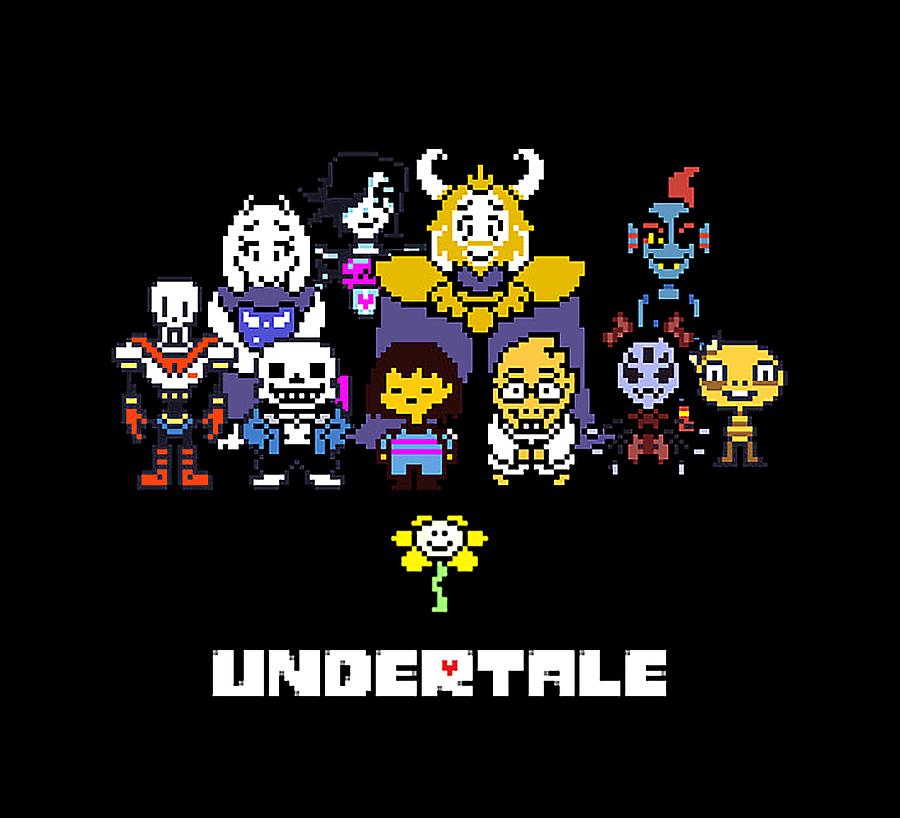An avatar generator for a bunny/bear game
//face
var faceWidth = 70;
var faceHeight = 200;
var faceRound = 20; //max 40
var faceColor = 0
//ears
var earWidth = 20;
var earHeight = 70;
//eyes
var eyeSize = 20;
var eyeColor = 0;
function setup() {
createCanvas(480, 640);
background(220);
}
function draw() {
background (154, 215, 255);
noStroke();
fill (faceColor);
//face
rect (width/2-faceWidth/2, height/2-faceHeight/2, faceWidth, faceHeight, faceRound);
//ears
fill(faceColor);
var earLX = width/2-faceWidth/2+earWidth/2;
var earRX = width/2+faceWidth/2-earWidth/2;
ellipse (earLX, height/2-faceHeight*0.6, earWidth, earHeight);
ellipse (earRX, height/2-faceHeight*0.6, earWidth, earHeight);
//eyes
fill(eyeColor);
var eyeLX = width/2-faceWidth*0.25;
var eyeRX = width/2+faceWidth*0.25;
ellipse(eyeLX, height/2+faceHeight*0.1, eyeSize, eyeSize);
ellipse(eyeRX, height/2+faceHeight*0.1, eyeSize, eyeSize);
//eyesHighlight
fill(255, 255, 255);
ellipse(eyeLX-eyeSize*0.25, (height/2+faceHeight*0.1)-eyeSize*0.25, 0.25*eyeSize, 0.25*eyeSize);
ellipse(eyeRX-eyeSize*0.25, (height/2+faceHeight*0.1)-eyeSize*0.25, 0.25*eyeSize, 0.25*eyeSize);
//nose
fill(0,0,0);
var noseLX = width/2-faceWidth*0.1;
var noseRX = width/2+faceWidth*0.1;
var noseDY = height/2+faceHeight*0.2+5;
triangle(noseLX, height/2+faceHeight*0.2, noseRX, height/2+faceHeight*0.2, width/2, noseDY);
}
function mousePressed() {
//face
faceWidth = random(100, 200);
faceHeight = random(100, 200);
faceRound = random(0, 41);
faceColor = color(random(0,255), random(0,255), random(0,255));
//ear
earWidth = random(10, 25);
earHeight = random(30, faceHeight*2);
//eyes
eyeSize = random(5, 30);
eyeColor = color(random(0,240), random(0,240), random(0,240));
}
![[OLD FALL 2020] 15-104 • Introduction to Computing for Creative Practice](https://courses.ideate.cmu.edu/15-104/f2020/wp-content/uploads/2021/09/stop-banner.png)

